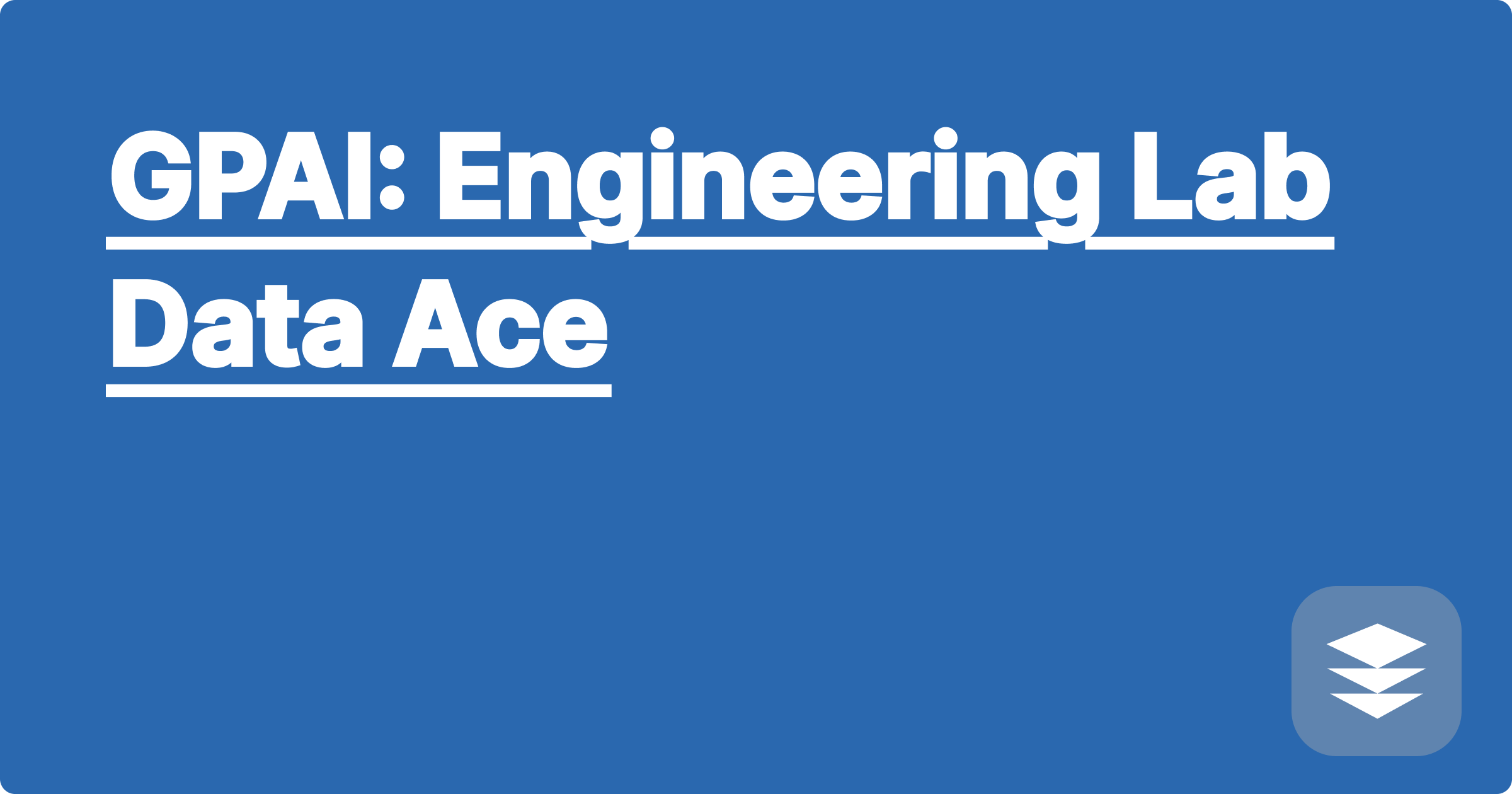
The sheer volume of data generated in modern STEM labs presents a significant challenge for students and researchers. Sifting through this data, identifying patterns, and extracting meaningful insights can be incredibly time-consuming and often requires specialized expertise in data analysis. Artificial intelligence offers a powerful set of tools to address this challenge, providing opportunities to automate data processing, accelerate analysis, and ultimately, deepen our understanding of complex scientific phenomena. AI can empower STEM professionals to focus on higher-level thinking and experimental design, leaving the heavy lifting of data crunching to intelligent algorithms.
This shift towards AI-driven data analysis has profound implications for STEM students and researchers. Mastering these tools is no longer optional but essential for staying competitive in a rapidly evolving landscape. Understanding how to leverage AI effectively in the lab can significantly enhance research productivity, improve the accuracy of results, and open up new avenues for scientific discovery. By embracing AI, the next generation of STEM professionals can unlock their full potential and contribute to groundbreaking advancements across various fields.
Engineering and laboratory work often involve collecting vast amounts of raw data from experiments, simulations, and sensors. This data can take many forms, from time series measurements of temperature and pressure to complex multi-dimensional datasets from imaging techniques or spectroscopic analysis. Traditional data analysis methods can be cumbersome and inefficient when dealing with such large datasets. Manually processing and interpreting this data can be prone to errors, and it can be difficult to identify subtle patterns or correlations that might be crucial for understanding the underlying scientific principles. Furthermore, the increasing complexity of experiments and the growing volume of data are pushing the limits of traditional data analysis techniques, necessitating the adoption of more advanced and automated solutions.
AI tools like ChatGPT, Claude, and Wolfram Alpha offer a powerful and versatile suite of capabilities for tackling the challenges of lab data analysis. ChatGPT and Claude, for instance, excel at natural language processing and can be utilized for tasks such as summarizing research papers, generating code for data cleaning and preprocessing, and even brainstorming experimental designs. Wolfram Alpha, with its extensive knowledge base and computational engine, is particularly well-suited for symbolic calculations, data visualization, and exploring mathematical models related to the experimental data. By integrating these tools into the research workflow, STEM professionals can significantly streamline their data analysis pipeline and gain deeper insights from their experiments.
Begin by clearly defining the research question and identifying the specific data analysis tasks that need to be addressed. This could involve data cleaning, filtering, transformation, statistical analysis, or visualization. Next, select the appropriate AI tool based on the nature of the task. For example, if the goal is to clean and preprocess a large dataset, ChatGPT or Claude can be prompted to generate Python code using libraries like Pandas or NumPy. This generated code can then be adapted and executed within a Jupyter Notebook or other suitable coding environment. If the task involves exploring mathematical relationships within the data, Wolfram Alpha can be used to perform symbolic calculations, generate plots, and explore different models. Throughout the process, it is crucial to critically evaluate the output of the AI tools, validating the results against existing knowledge and ensuring the accuracy of the analysis.
Consider a scenario where a researcher is studying the performance of a new material under varying temperature conditions. The experiment generates a time series dataset of temperature and material properties. Using ChatGPT, the researcher can generate code to import the data, clean any outliers, and perform statistical analysis to determine the correlation between temperature and material performance. The code might involve using Pandas to read the data, filtering out outliers based on standard deviation thresholds, and calculating the correlation coefficient using NumPy. Furthermore, Wolfram Alpha can be used to fit a mathematical model to the data, allowing the researcher to predict the material's behavior at different temperatures. For example, the researcher might use Wolfram Alpha to fit a polynomial equation to the temperature-property relationship, providing a concise mathematical representation of the experimental findings.
Another example involves analyzing image data from microscopy experiments. AI tools can be used to segment images, identify specific features, and quantify their properties. ChatGPT can assist in generating code for image processing tasks using libraries like OpenCV. This code might involve applying image filters, performing edge detection, and segmenting the image based on color or intensity thresholds. The extracted features can then be analyzed using statistical methods to understand the distribution and characteristics of the observed structures.
To effectively utilize AI in STEM education and research, it's essential to develop a strong foundation in programming and data analysis principles. Understanding the underlying concepts behind AI algorithms and their limitations is crucial for interpreting the results accurately. Actively explore the capabilities of different AI tools and experiment with various approaches to find the most effective strategies for specific research questions. Collaboration with other researchers and sharing best practices can accelerate the adoption and integration of AI in STEM fields. Furthermore, staying updated on the latest advancements in AI and attending workshops or online courses can help researchers stay at the forefront of this rapidly evolving field.
Concluding, the integration of AI into STEM research and education is transforming the way we approach data analysis and scientific discovery. By embracing these powerful tools and developing the necessary skills, STEM students and researchers can unlock new levels of productivity, accelerate their research progress, and contribute to groundbreaking advancements in their respective fields. Start exploring these tools today, experiment with different applications, and discover the transformative potential of AI in your own STEM journey.
GPAI: Solve Physics Problems Fast
Ace Chem Exams with GPAI's Cheatsheet
GPAI: Your Calculus Homework Hero
Conquer Finals: GPAI Study Guide
GPAI: Engineering Lab Data Ace
GPAI: Master Organic Chemistry
GPAI: Your Biology Exam Secret